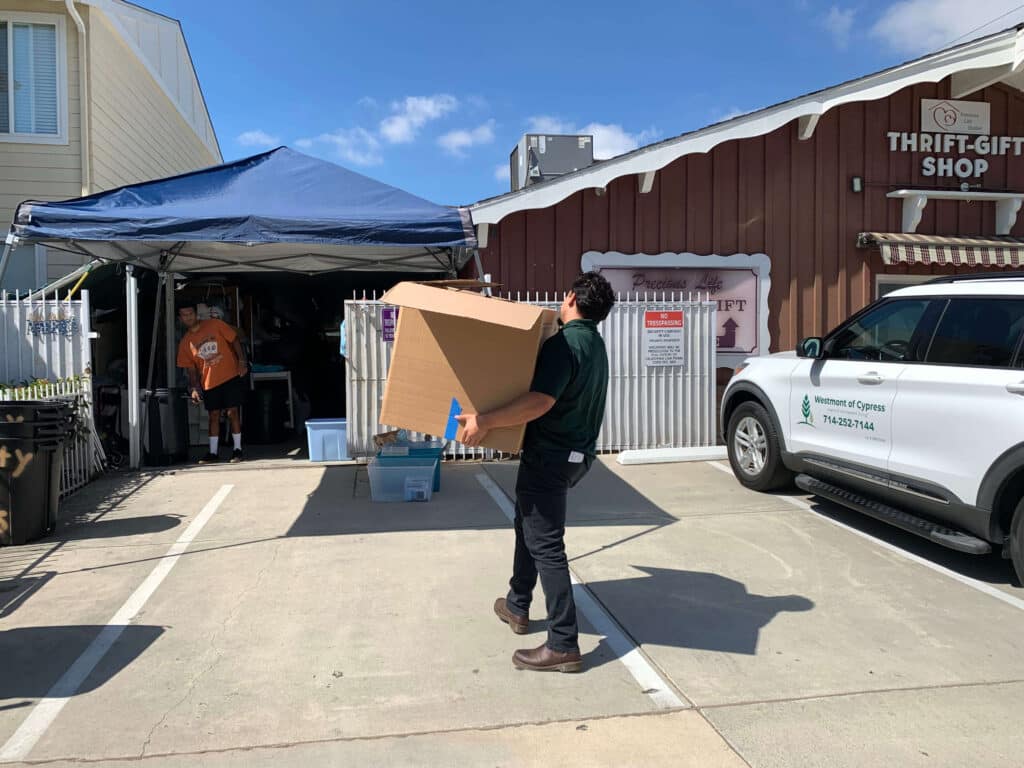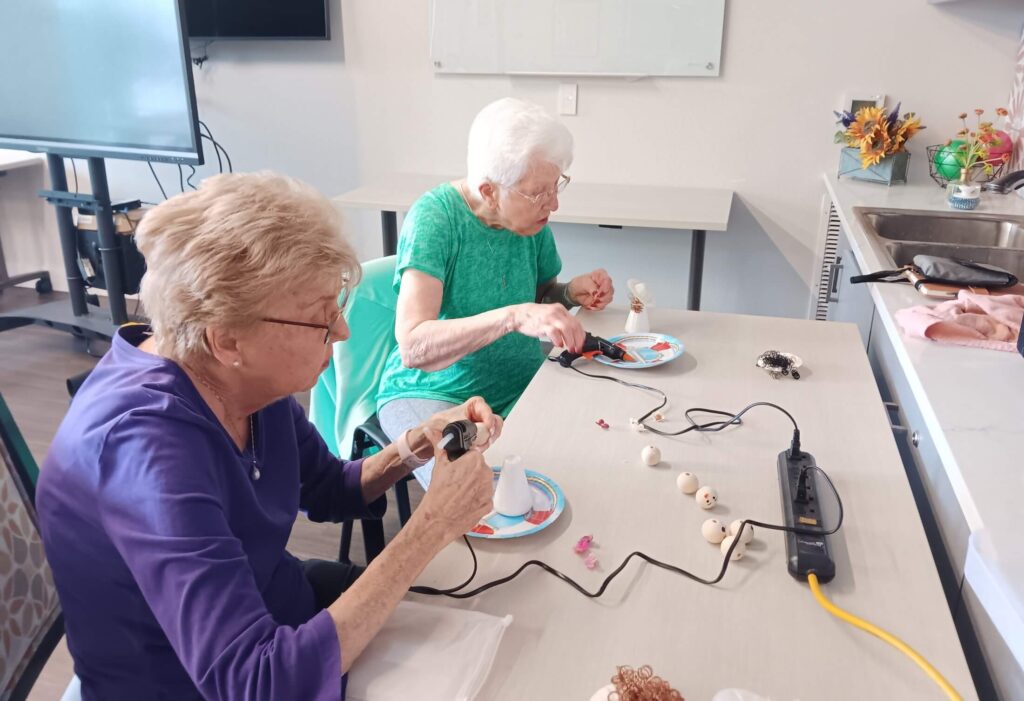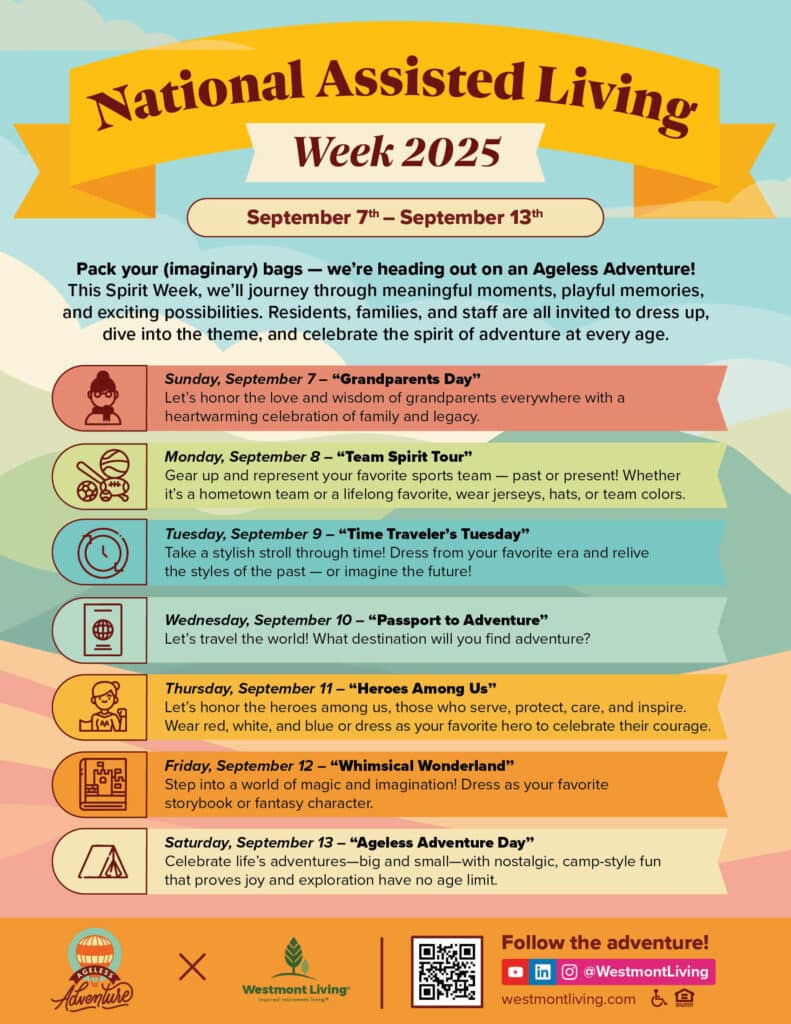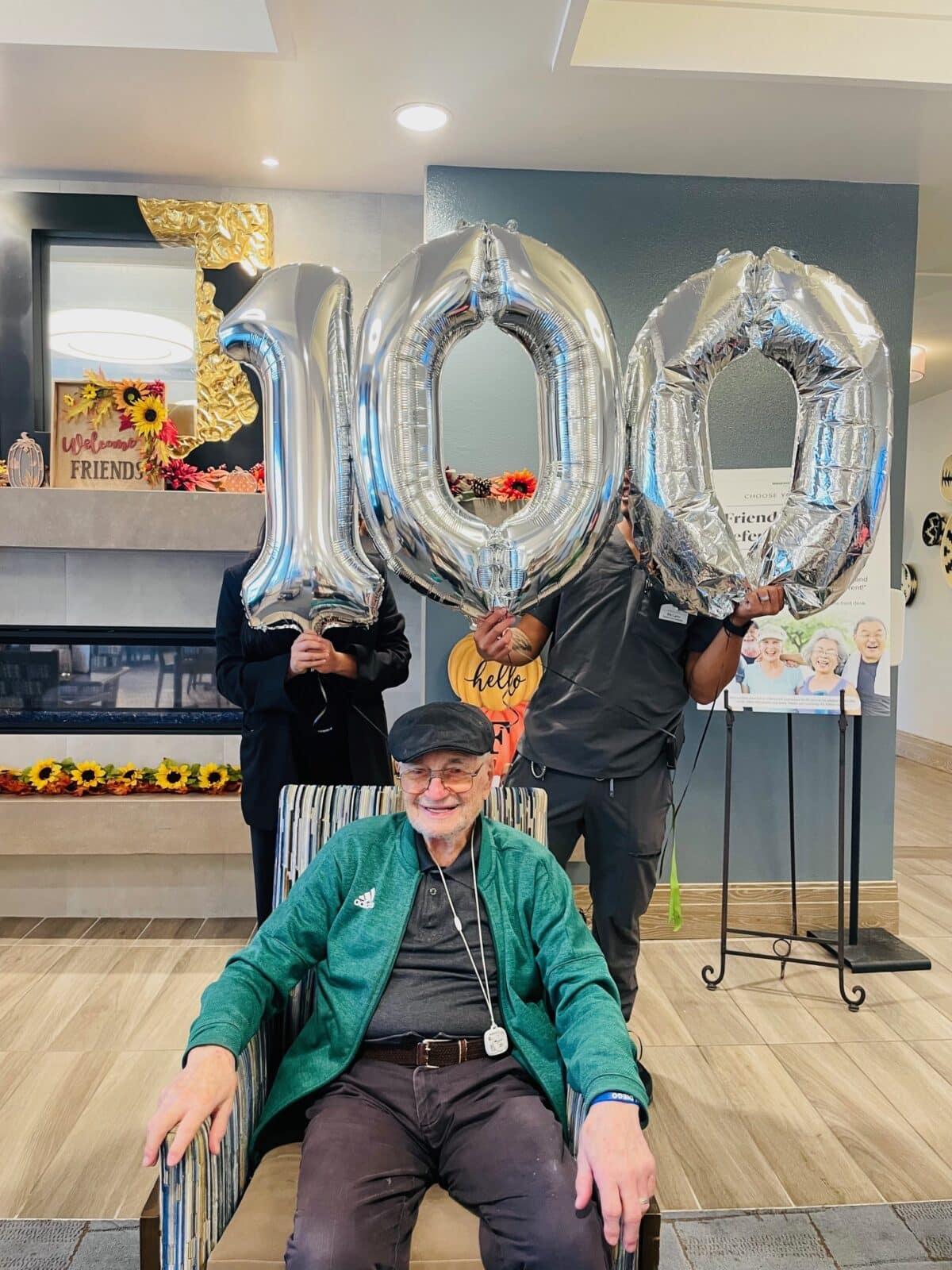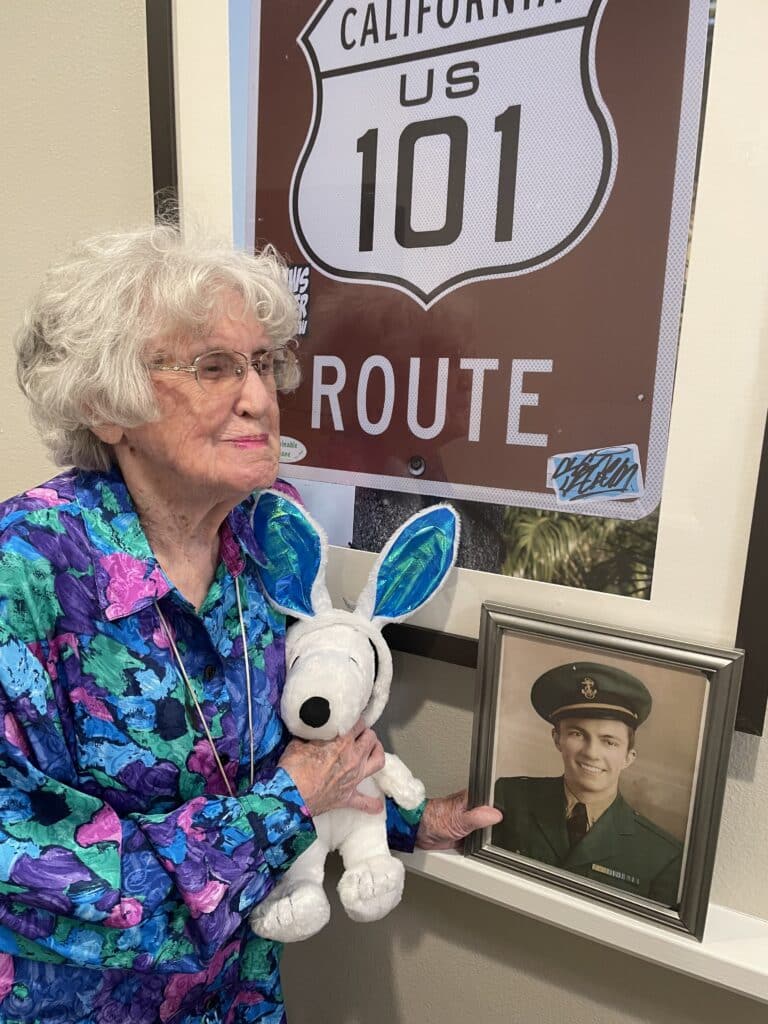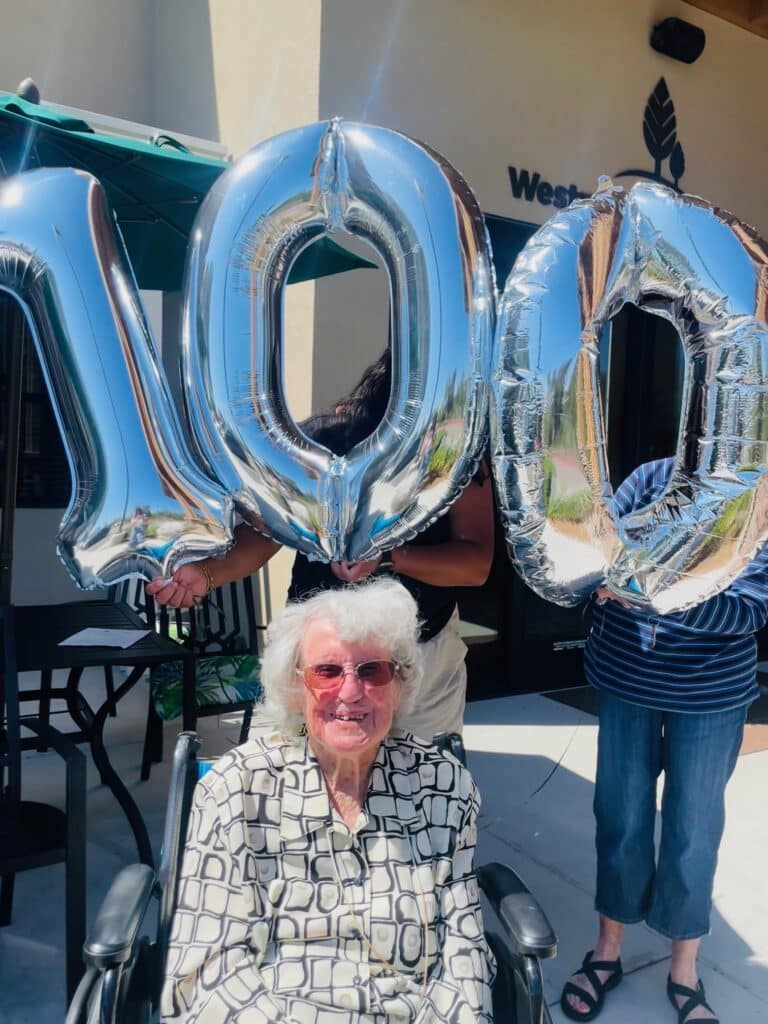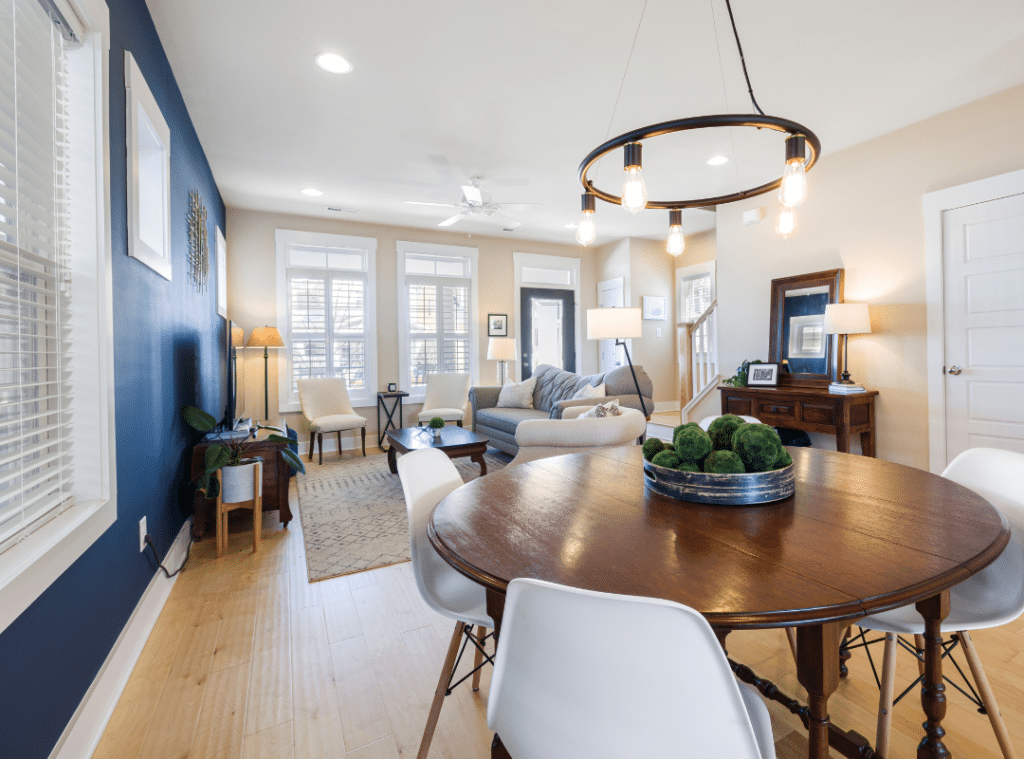Aging is inevitable, but how to reverse aging eyes is a question many seniors are now empowered to answer. The eyes are often the first place aging reveals itself—wrinkles, puffiness, and thinning skin can make us look more tired than we feel. Fortunately, today’s options go far beyond creams and concealers. From science-backed natural remedies to non-invasive treatments and advanced surgical techniques, reversing signs of aging eyes is possible at any stage of life.
In this guide, we’ll explore effective strategies that help you reverse aging eyes naturally, protect your vision, and regain a youthful glow around the eyes. Whether you’re looking for skincare tips, lifestyle adjustments, or long-term solutions, this article outlines everything you need to take control of your eye health. For even more insights into senior wellness, visit Westmont Living.
Understanding the Signs of Aging Eyes
Signs of aging eyes are usually the first indicators that it’s time to take action. These include crow’s feet, under-eye bags, dark circles, and drooping eyelids. With age, the skin around the eyes loses collagen and elasticity, leading to fine lines and sagging. This delicate area also becomes more prone to puffiness and discoloration due to thinning skin and reduced circulation.
Recognizing these early signs is the first step in understanding how to prevent aging eyesight and making informed decisions. According to Westmont Living’s eye health tips, regular eye exams and awareness of these changes can help you act early and protect both your vision and appearance.
Surgical Solutions for Aging Eyes
When topical treatments no longer deliver noticeable results, many seniors consider surgical intervention. Procedures like blepharoplasty (eyelid surgery) effectively remove excess skin and fat, eliminating droopy eyelids and puffiness. This is not only cosmetic—it can also improve vision when sagging eyelids obstruct sight.
A brow lift is another procedure that elevates drooping brows, offering both aesthetic and functional benefits. Both surgeries can be life-changing when performed by a qualified, board-certified professional.
Before choosing surgery, be sure to ask questions and thoroughly understand the risks and potential outcomes. Good candidates for surgery are those in overall good health, with realistic expectations. Maintaining a healthy diet and staying physically active can also improve recovery and long-term results.
How to Reverse Aging Eyes Naturally
For those who prefer to avoid surgery, learning how to reverse aging eyes naturally can offer a gentler yet effective alternative. Simple daily practices can yield real results over time.
Start with a skincare routine focused on moisture and repair. Use eye creams containing hyaluronic acid, retinol, and peptides—these ingredients plump the skin and stimulate collagen production. Add antioxidant-rich serums like Vitamin C to reduce dark circles and improve skin tone.
Also, consider reversing eye damage naturally with lifestyle improvements. Wear sunglasses with UV protection, get quality sleep, and stay hydrated throughout the day. Massaging the eye area gently with your ring finger promotes circulation and reduces puffiness.
Natural remedies, such as green tea compresses, aloe vera gel, and cold spoons, can also soothe and refresh the eye area. These methods, when used consistently, are excellent for seniors seeking non-invasive ways to rejuvenate their eyes.
For those exploring natural and holistic wellness, Healthline’s article on natural eye care provides useful insights.
Non-Surgical Treatments that Work
Modern non-surgical treatments provide fast, visible results with minimal downtime. Fillers, such as hyaluronic acid, can help smooth under-eye hollows and fine lines. Botox can reduce crow’s feet by temporarily relaxing muscles around the eyes. Microneedling and laser therapy improve skin texture and boost collagen production.
These treatments are popular among seniors who want to look younger without undergoing surgery. When administered by a certified professional, non-surgical options are generally safe and can be customized to meet your specific needs.
The emotional benefits are significant too. A fresher, more alert appearance can enhance self-esteem and boost energy levels, enabling you to engage more confidently in daily life and social interactions.
For best outcomes, combine non-surgical treatments with natural remedies and healthy habits for a well-rounded approach to how to reverse aging eyes.
Preventive Eye Care and Long-Term Strategies
Knowing how to prevent aging eyesight is just as important as reversing visible damage. Preventive care helps maintain both your vision and the skin around your eyes.
Here are some essential long-term habits:
- Get regular comprehensive eye exams, especially after age 60.
- Avoid smoking, which accelerates skin aging and increases eye disease risks.
- Use high-quality sunglasses with UVA and UVB protection.
- Eat a diet rich in leafy greens, omega-3s, and antioxidants.
- Limit screen time and take frequent breaks to reduce eye strain.
Also, include essential vitamins for eye health like Vitamin A, C, E, and zinc. Westmont’s article on eye health and vitamins outlines what nutrients best support vision as you age.
These practices protect your eye health while also contributing to reversing eye damage naturally.

Choosing a Qualified Surgeon or Specialist
When considering surgical or non-surgical treatment, selecting the right provider is crucial. Look for:
- Board certification in ophthalmology or cosmetic surgery
- Strong patient testimonials and before-and-after photos
- Transparent communication about risks and recovery
Consulting with a reputable surgeon ensures you receive safe, effective treatment that aligns with your goals. Surgeons should also provide clear instructions for postoperative care and offer ongoing support during recovery.
For insight into potential effects on cognitive function and recovery, Westmont’s article on memory and anesthesia offers valuable information, especially for older adults.
Creating a Personalized Anti-Aging Eye Plan
Every person’s skin and vision health are unique, which is why a one-size-fits-all approach doesn’t work. Creating a customized plan that includes skincare, nutrition, lifestyle, and medical care will yield the best results.
Start by assessing your current routine:
- Are you using eye creams consistently?
- Are you protecting your eyes from the sun and screen exposure?
- Do you maintain a healthy diet and hydrate well?
- Have you consulted an eye specialist or dermatologist recently?
Build from there and adjust as needed. A plan that combines how to reverse aging eyes naturally with clinical care ensures you’re covering all bases—from surface-level appearance to deeper eye health concerns.
For more insights, visit the American Academy of Ophthalmology for research-based tips on preserving eye function and skin health.
Let Your Eyes Reflect the Life You Live
Your eyes are not just for seeing—they’re how the world sees you. With the right blend of care, prevention, and rejuvenation strategies, you can protect their clarity and restore their sparkle.
At Westmont Living, we understand the emotional and physical impact of aging, particularly when it affects how you feel about yourself. That’s why we support seniors through every step of their wellness journey—from vision care to overall well-being.
Explore how we can help you preserve your youthful spirit. Contact us at 858-456-1233 or visit us here to learn more about our senior communities and the services we offer.
Your eyes tell your story—let’s make sure they tell a beautiful one.
Frequently Asked Questions
Can you reverse aging around the eyes?
While you can’t completely reverse the appearance of aging around the eyes, there are effective ways to reduce its effects. Using retinol creams, hydrating serums, and products with peptides can help firm the skin and diminish fine lines. Protecting your eyes from sun exposure by wearing sunglasses and applying SPF daily also slows aging. Consistent skincare and a healthy lifestyle make a noticeable difference over time.
How to reverse aging eyesight naturally?
To support healthy aging eyesight naturally, focus on eye-friendly nutrients like lutein, zeaxanthin, and vitamin A, which are found in leafy greens and colorful vegetables. Reducing screen time, staying hydrated, and engaging in eye exercises can help maintain healthy eye function. Regularly resting your eyes and getting sufficient sleep also support long-term eye health. While it may not fully reverse age-related changes, it can certainly slow them down.
How do you fix aging eyes?
Fixing aging eyes often involves a combination of skincare, lifestyle modifications, and medical treatments, as needed. Topical products with hyaluronic acid, peptides, and antioxidants help reduce puffiness, dark circles, and fine lines. For more dramatic results, dermatological procedures like laser treatments or fillers can restore volume and texture. Regular eye exams also ensure you address underlying vision issues early.
Can you reverse eye wrinkles naturally?
Eye wrinkles can be softened naturally with consistent care. Staying hydrated, applying natural oils like almond or rosehip, and using aloe vera gel may improve skin elasticity. Avoiding smoking and sun exposure is also key to preventing deeper wrinkles. While complete reversal is unlikely, these natural methods can significantly improve the appearance of fine lines.
